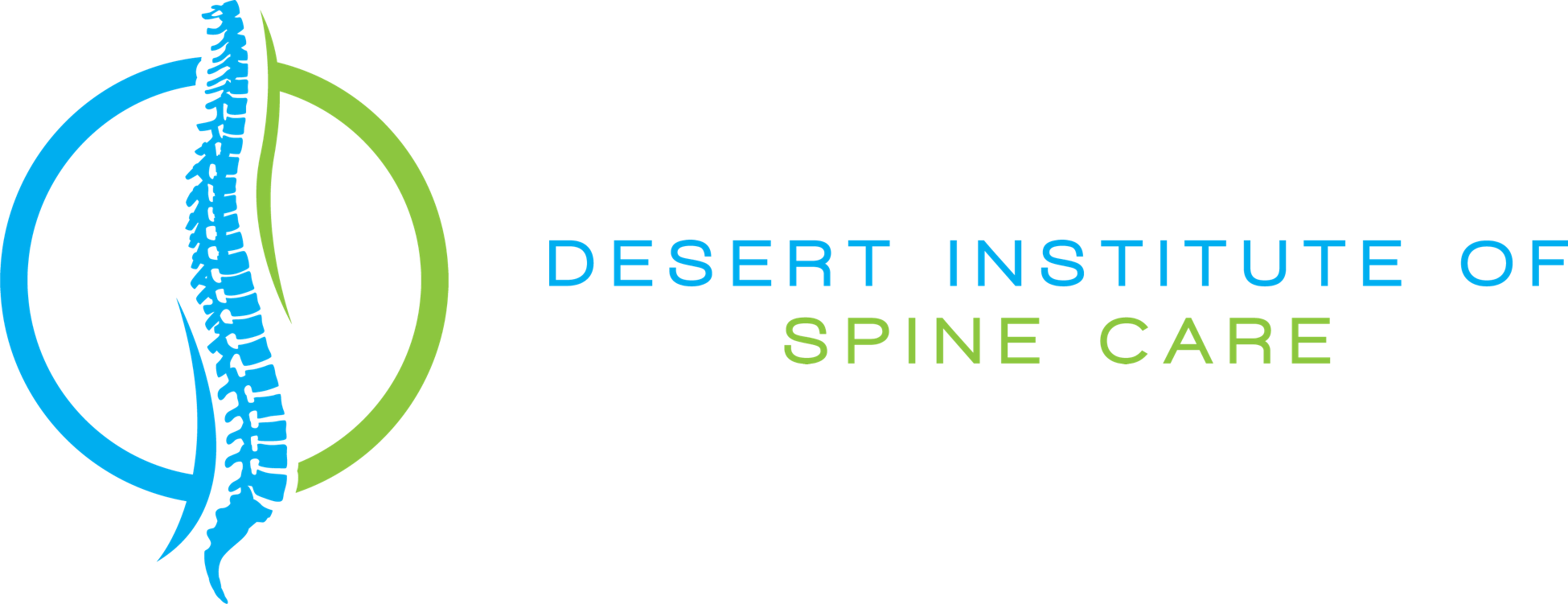Disc herniations are extremely common.
Usually a low back (lumbar) herniation will cause leg pain or sciatica, and a neck (cervical) herniation will cause arm pain. This occurs when the herniated (bulging) disc compresses the nearby nerve, resulting in nerve irritation or nerve damage. Nerve injury can result in pain, numbness, tingling and weakness.
Sometimes, the symptoms might disappear on their own, and the herniation might shrink. I would recommend at least some anti-inflammatory medications and manual physical therapy or chiropractic care. More severe cases might require epidural injections of cortisone. The lease responsive herniations will often require surgery.
The surgical solution for a disc herniation is called a discectomy (removal of the disc). It is important to note that the entire disc is not removed! Only the herniated part of the disc and any loose fragments are removed. Usually there is enough disc to maintain some of the normal disc height (although there is always some disc collapse when part of the disc herniates). Sometimes, there might be an insufficient amount of disc remaining to prevent severe disc collapse and bone on bone contact. For this reason, discectomy surgery is great for relieving radiating arm or leg pain (radiculopathy) but not as good for back or neck pain. If the majority of your pain is in the neck or back, then you will probably require more than a discectomy surgery. However, if your pain is mostly radiating down the arms or legs, then discectomy surgery is a great procedure for you.
Side note: microscopic discectomy means that a microscope will be used to perform the procedure. It does not mean that you have a microscopic disc bulge.


